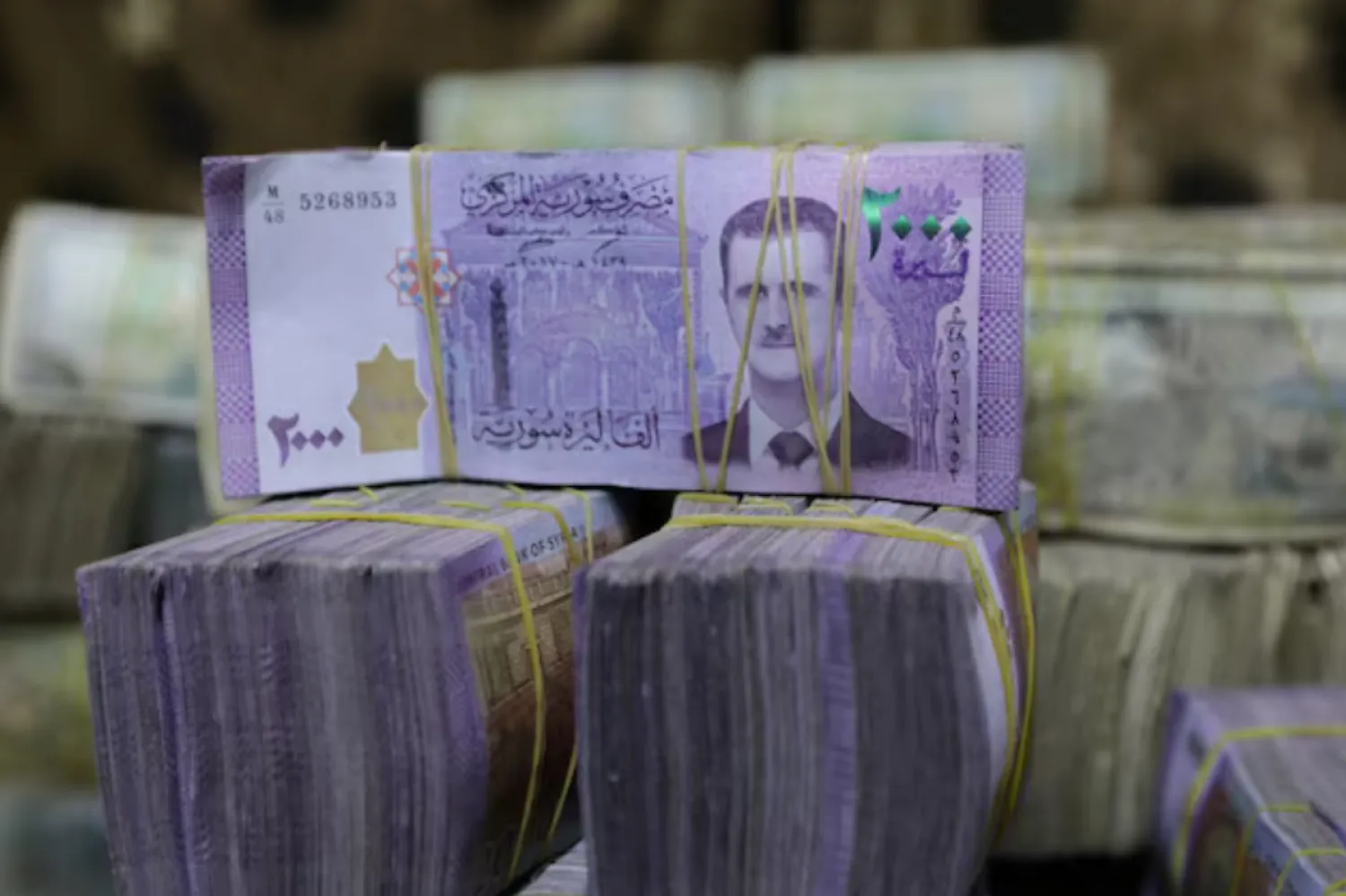Intense fighting blocked relief workers from distributing food, water and medicine across most of the Gaza Strip, deepening the humanitarian crisis as Israeli forces battled Hamas militants Wednesday in a ground offensive that has brought some of the devastation and mass displacement seen in the north to the south.
As the focus of the offensive moves down the Gaza Strip and into the second-largest city of Khan Younis, it is further shrinking the area where Palestinians can seek safety and pushing large numbers of people, many of whom have been forced to flee multiple times, toward the sealed-off border with Egypt.
On the Gaza side of the border, makeshift shelters and family homes are already overflowing and many people are sleeping in the streets. On the other side, Egypt has refused any mass influx of refugees, saying it believes Israel will not let them back into Gaza and that the two countries' decades-old peace treaty would be undermined.
The UN says some 1.87 million people — over 80% of the population of 2.3 million — have already fled their homes. Many Palestinians fear they will not be allowed to return.
Much of the north, including large parts of Gaza City, has been completely destroyed, and Palestinians worry the rest of Gaza could suffer a similar fate as Israel tries to dismantle Hamas, which has deep roots in the territory it has ruled for 16 years.
Two months of Israeli bombardment and ground assaults have killed more than 16,200 people in Gaza — most of them women and children — and wounded more than 42,000, the territory’s Health Ministry said late Tuesday. It has said many are also trapped under rubble. The ministry does not differentiate between civilian and combatant deaths.
Israel has vowed to fight on, saying it can no longer accept Hamas rule or the group's military presence in Gaza after the Oct. 7 attack that triggered the war. Hamas and other militants killed about 1,200 people, mostly civilians, and took captive some 240 men, women and children in that attack.
An estimated 138 hostages remain in Gaza after more than 100 were freed during a ceasefire last week. Their plight, and accounts of rape and other atrocities committed during the rampage, have deepened Israel’s outrage and further galvanized support for the war.
PUSHED TO THE EDGE The war has been an unprecedented catastrophe for Palestinian civilians, eclipsing all four previous wars between Israel and Hamas, and their suffering is set to worsen as the offensive grinds on.
For the past three days, aid distribution — mainly just supplies of flour and water — has been possible only in and around Rafah, on the border with Egypt, because of fighting and road closures by Israeli forces, the UN’s humanitarian aid office said.
It said tens of thousands of people have fled into Rafah from Khan Younis and other areas, overwhelming already overcrowded shelters.
“You find displaced people in the streets, in schools, in mosques, in hospitals … everywhere,” said Hamza Abu Mustafa, a teacher who lives near a school-turned-shelter in Rafah and is hosting three families himself.
“The situation is extremely dire,” he said.
A Palestinian woman who identified herself as Umm Ahmed said the harsh conditions and limited access to toilets are especially difficult for women who are pregnant or menstruating. Some have taken to social media to request menstrual pads, which are increasingly hard to find.
“For women and girls, the suffering is double,” Umm Ahmed said. “It’s more humiliation.”
The humanitarian crisis gets even worse farther north, where aid supplies can no longer reach.
People in UN-run shelters in Khan Younis are fighting over food, said Nawraz Abu Libdeh, who is living in a shelter after being displaced six times. “The hunger war has started,” he said. “This is the worst of all wars.”
The World Food Program warned that the renewed fighting “will only intensify the catastrophic hunger crisis that already threatens to overwhelm the civilian population.”
In the central town of Deir al-Balah, the aid group Doctors Without Borders said fuel and medical supplies have reached “critically low levels” at the Al-Aqsa Martyrs Hospital. Up to 200 wounded people have been brought in every day since Dec. 1, when the weeklong truce expired, it said.
“Without electricity, ventilators would cease to function, blood donations would have to stop, the sterilization of surgical instruments would be impossible,” said Marie-Aure Perreaut Revial, the aid group’s emergency coordinator in Gaza. She said they are also running low on surgical supplies and equipment to stabilize broken bones.
Israel has barred entry of food, water, medicine, fuel and other supplies into Gaza, except for a trickle of aid from Egypt. Gaza has been without electricity since the first week of the war, and several hospitals have been forced to shut down for lack of fuel to operate emergency generators.
NO END IN SIGHT The Gaza Health Ministry’s death toll for Palestinians tracks with a figure released this week by the Israeli military, which said about 5,000 of the dead were militants, without saying how it arrived at its count.
The military says 88 of its soldiers have been killed in the Gaza ground offensive.
It accuses Hamas of using civilians as human shields when the militants operate in residential areas. But Israel has not given detailed accounts of individual strikes, some of which have leveled entire city blocks.
The Israeli military said Tuesday that its troops were “in the heart” of Khan Younis after what it described as “the most intense day” of fighting since the start of the ground operation five weeks ago, with heavy battles in the north as well.
Hamas’ continuing ability to fight in areas where Israel entered with overwhelming force weeks ago signals that eradicating the group without causing further mass casualties and displacement — as Israel’s top ally, the US, has requested — could prove elusive.
Even after weeks of bombardment, Hamas’ top leader in Gaza, Yehya Sinwar — whose location is unknown — was able to conduct complex ceasefire negotiations and orchestrate the release of scores of hostages last week. Palestinian militants have also kept up their rocket fire into Israel.









